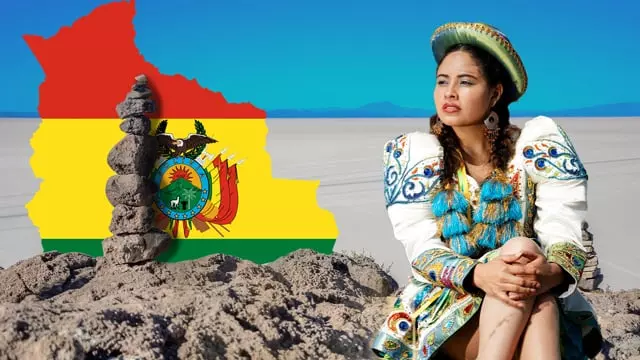
Bolivia
Volunteer in Bolivia
South America is rapidly becoming a top destination on travellers' bucket lists. For those looking for a bold, lively country bursting with character, a holiday in Bolivia awaits with open arms. From the world's largest salt flat to the towering peaks of the Andes and a vast expanse of the Amazon rainforest, Bolivia's landscapes are as diverse as its people and wildlife.
As one of the most biodiverse spots on the planet, with what often seems like an abundance of resources, comes a saddening and age-old tale of wildlife species facing endangerment due to the effects of habitat loss, poaching, the illegal pet trade, hunting and more. Bolivia is a landlocked country which sadly acts as a source and bridge for the illegal wildlife trade. Even with heavy wildlife crime laws created to protect wildlife, Bolivia's conservation projects, like the Bolivia Wildlife Sanctuary, are paramount to protecting its rare and wonderful species. Each corner of this country holds a unique chapter in the story of South America, and as a volunteer in Bolivia, you could help rewrite the chapters containing the fate of its wildlife.

Projects Do More
14 - 84 Nights from $1,119.00
Help look after wildlife rescued from the illegal pet trade in Bolivia.
View projectOn the Blog

Wildlife
Bolivia's dramatic and diverse landscapes are home to countless animal and plant species. Therefore, it's no surprise that the country ranks within the top 15 most biodiverse countries on earth. While the country's most recognised and national animal is the llama, Bolivia is home to many fascinating species, including the Americas' largest big cat, the jaguar, alongside Andean bears, sloths, monkeys, giant otters, maned wolves and more! Sadly, the threats facing many of these animals are endangering their species. The illegal wildlife trade and habitat destruction are two of the most pressing concerns facing wildlife in Bolivia; without the intervention of NGOs like the Bolivia Wildlife Sanctuary and wildlife conservation bodies, we could soon witness an irreversible change in the country's biodiversity. Make a real difference in wildlife conservation efforts by joining a volunteer project in Bolivia.

Culture
Bolivia, named after Simon Bolivar, boasts rich cultural roots shaped by its Spanish colonial past and Incan heritage. Spanish is the official language, and the fusion of Spanish and Incan elements permeates Bolivian life. Celebrations like the Carnaval de Oruro showcase a fusion of cultures with music, dance, and storytelling, offering a captivating experience for participants and spectators alike. Bolivian cuisine, influenced by Spanish flavours, features staples like corn, potatoes, and beans, with delightful specialities such as Papas Rellenas, mashed potatoes stuffed with egg or cheese, coated in batter, and deep-fried. The art scene, notably represented by Roberto Mamani Mamani, reflects indigenous traditions through lively, summery colours and Aymaran symbols. Mamani's work holds significant cultural importance, contributing to Bolivia's unique artistic identity. Volunteer in Bolivia and explore its exciting blend of history, celebration, and flavour to appreciate its cultural landscape!

Popular Sights
Bolivia is a South American gem with iconic sights such as the Uyuni Salt Flats, the ancient wonders of Tiwanaku, and the wonders of the Madidi National Park, forming part of the Amazon Rainforest. The highest capital city in the world, La Paz, nestled in the Andes, captivates with its bustling markets and exceptional city views. For adventurous travellers, the Yungas Road, also known as "Death Road," promises an unforgettable biking experience through unbelievable landscapes. Finally, Sucre, the constitutional capital of Bolivia, showcases the country's rich culture with its preserved colonial architecture and museums. Between the Andes Mountains, the Atacama Desert, the Amazon Rainforest and bustling cities, Bolivia is a must-visit destination for those seeking an authentic South American journey, and volunteering in Bolivia is a journey deep-rooted in daring adventure, fascinating history and animal magic.
Destination Information
Yes, you will need a visa to volunteer in Bolivia. The type of visa depends on your nationality and the length of your stay. Short-term volunteers can usually enter with a tourist visa for up to 90 days, while long-term volunteers may require a specific volunteer or work visa.
Yes, but safety is a priority. Wildlife sanctuaries have strict safety guidelines to protect both volunteers and animals. Volunteers must follow the rules regarding animal interaction, enclosure entry, and correct sanitation to avoid risks.
While basic Spanish is helpful, many wildlife volunteer programs in Bolivia operate in English, so you don't need to speak Spanish. However, learning some Spanish for wildlife volunteering may be a fun way to help you communicate with local staff and communities.





